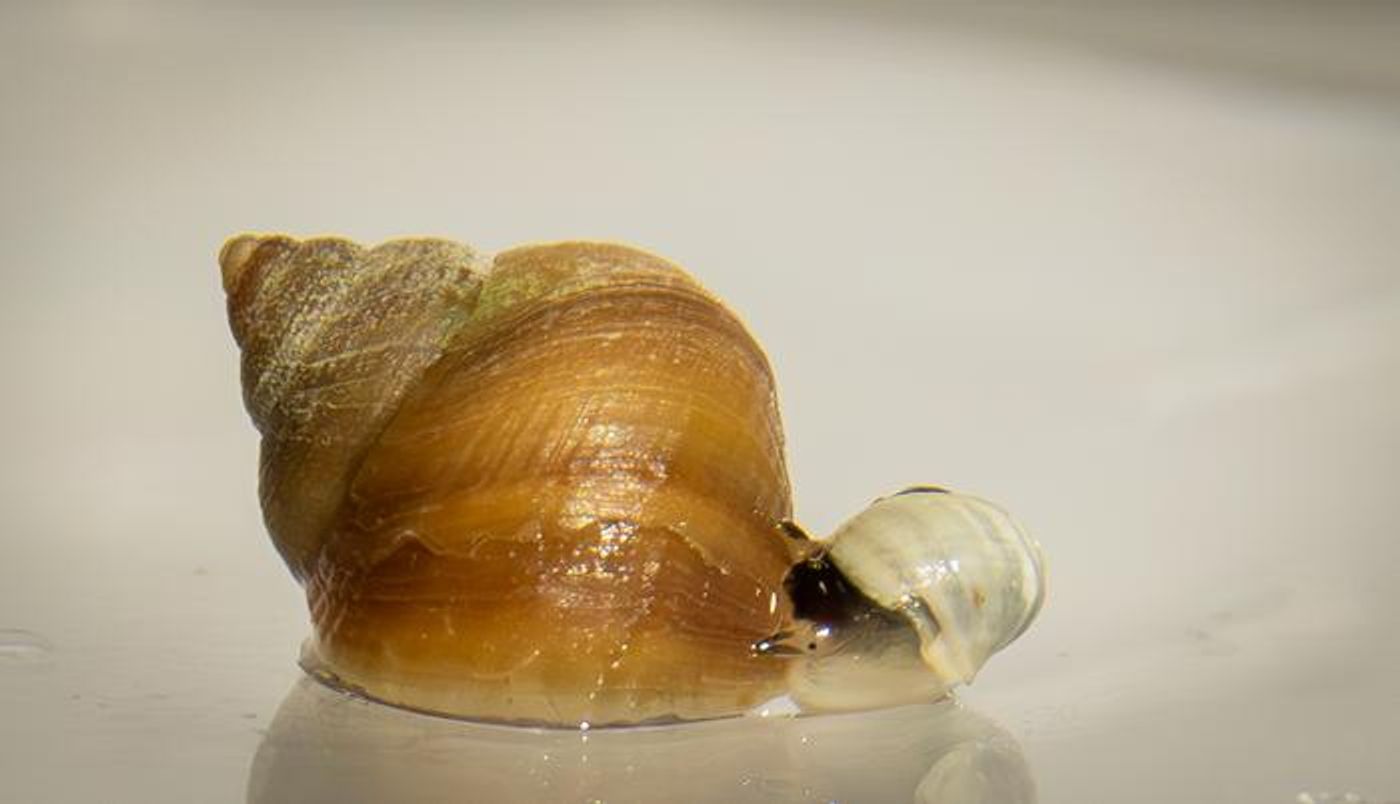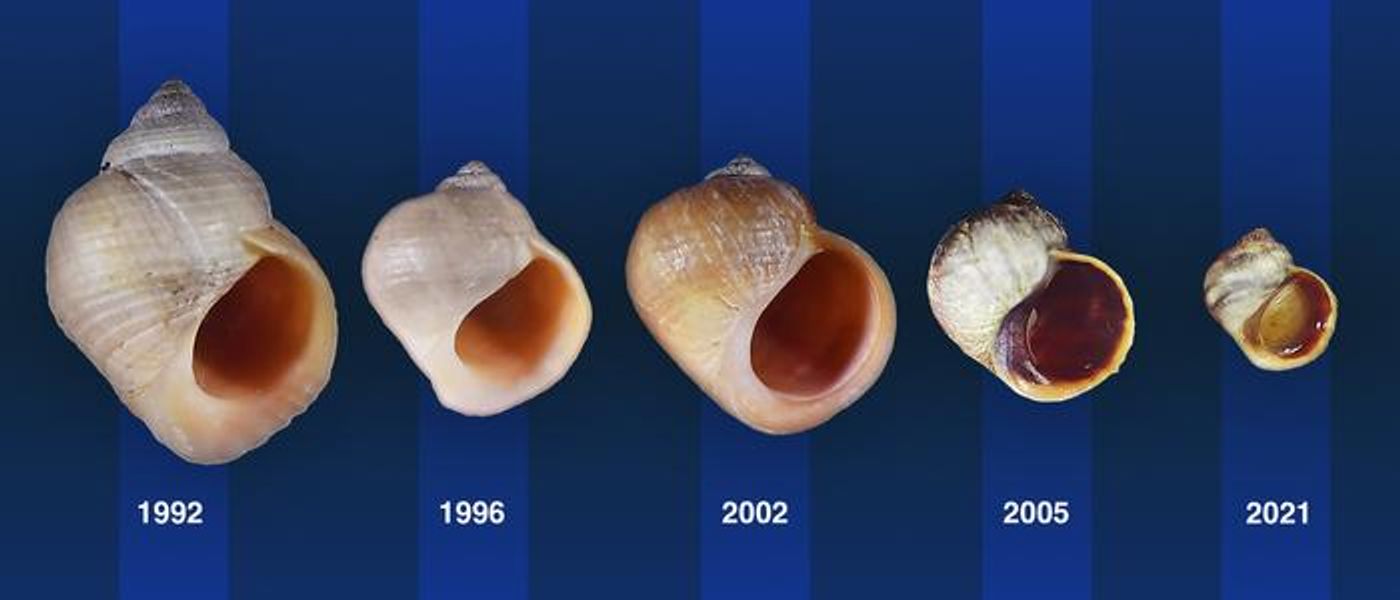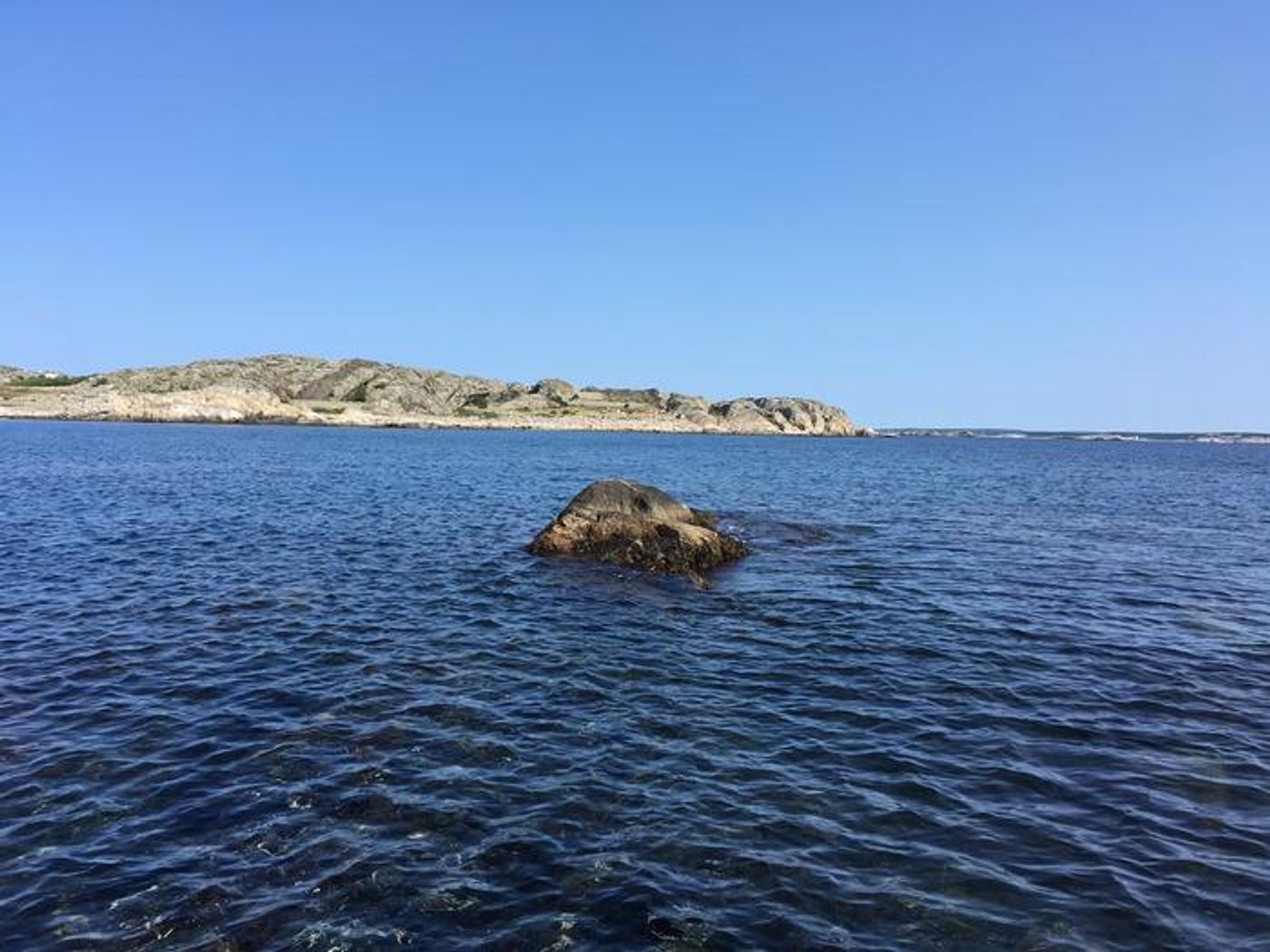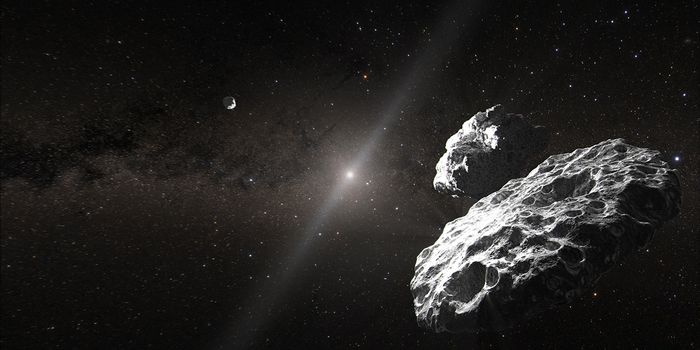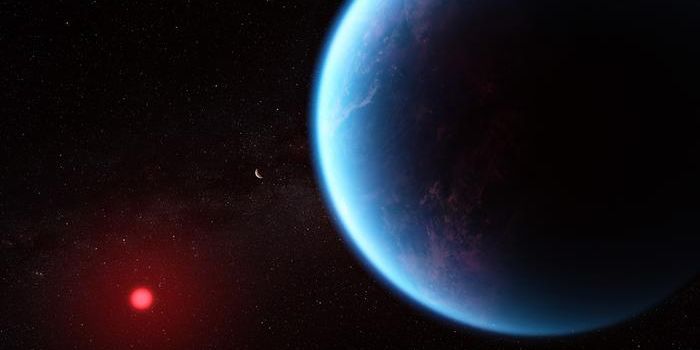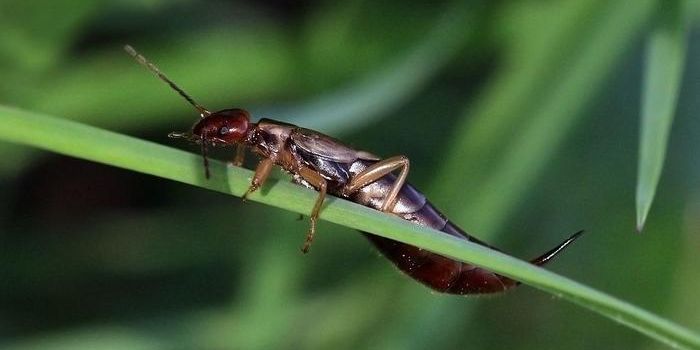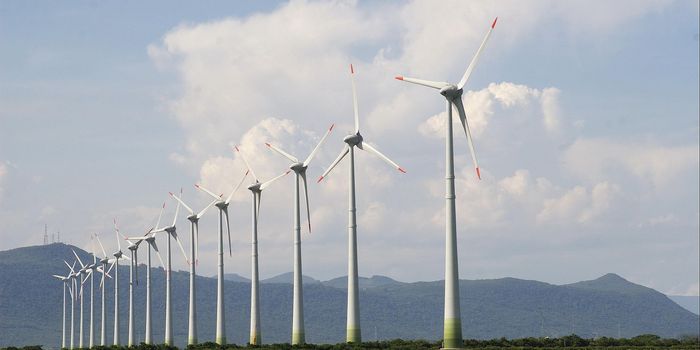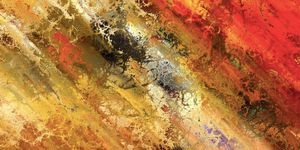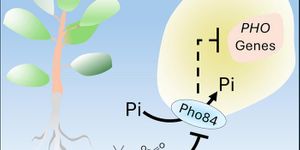Natural Snail Evolution is Predicted & Witnessed Over 30 Years
Dense groups of marine snails called Littorina saxatilis once thrived on a group of Swedish islands called the Koster archipelago. But in 1988, a massive bloom of toxic algae hit the islands, and almost totally wiped out some of the snail populations. This presented an opportunity for researchers, who then reintroduced a unique population of the same type of snails. Over the next three decades, they were able to watch as these snails evolved and changed to closely resemble the snails they had replaced thirty years before. The findings from this extensive fieldwork are an observable case of natural evolution, and have now been reported in Science Advances.
L. saxatilis can be found all over North Atlantic shores, although different populations have different traits, such as size and shape, which are uniquely adapted to their local habitats. The Koster archipelago is home to two different types of L. saxatilis snails that are sometimes only separated by several hundred meters. Wave snails can be found in rocky islets, and Crab and Wave snails live on shores.
While Crab- and Wave-ecotype snails may not live far apart, they are different from one another, with some exposed to crab predators while others are subjected to wave action, but not crabs. Crab snails are much bigger and carry shells that lack patterns. These snails are more skittish. But Wave snails are usually smaller with thinner shells that carry particular patterns and colors. They behave more boldly.
In 1992, marine ecologist and study co-author Kerstin Johannesson of the University of Gothenburg reintroduced Crab-ecotype snails to a Koster archipelago islet, expecting them to adapt to their environment. Johannesson and colleagues saw changes in the snails within the first ten years. They were also able to predict what changes would arise over thirty years, even down to the genes that would be affected, and these predictions were confirmed.
"The transformation was both rapid and dramatic," said co-corresponding study author Diego Garcia Castillo, a graduate student in the Barton Group at ISTA.
The researchers also suggested that there was some gene flow from nearby Wave snails that could have easily reached the islet. The Crab snails had some of the genetic ingredients for the traits they would eventually display in more robust ways, but at very low levels.
"Some of the genetic diversity was already available in the starting Crab population but at low prevalence. This is because the species had experienced similar conditions in the recent past. The snails' access to a large gene pool drove this rapid evolution," said co-corresponding study author Anja Marie Westram, who is now a researcher at Nord University.
The investigators determined that the snails' shapes quickly adapted to their new environment, and their genetics changed significantly as well; sometimes entire chromosomal region were altered in a process called chromosomal inversion.
Now that the researchers have been able to observe evolution in nature, they want to know more about how various other species might change along with the modern environment.
"Not all species have access to large gene pools and evolving new traits from scratch is tediously slow. Adaptation is very complex and our planet is also facing complex changes with episodes of weather extremes, rapidly advancing climate change, pollution, and new parasites," noted Westram. This study has highlighted why it's important for people to protect the natural habitats of different species so they don't lose so their genetic diversity.
Sources: Institute of Science and Technology Austria, Science Advances
